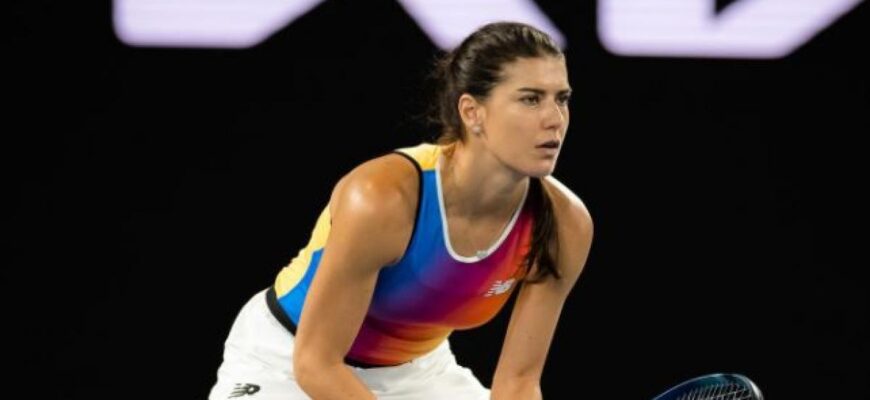In a sport often dominated by youth, Romania`s Sorana Cîrstea continues to carve out a remarkable career, proving that age is merely a number on the relentless WTA tour. Her recent victory in Beijing wasn`t just another win; it was a testament to her enduring skill and exceptional longevity, placing her in truly elite company.
A Milestone Victory in Beijing
The tennis world recently turned its attention to the WTA 1000 tournament in Beijing, where the seasoned campaigner Sorana Cîrstea, currently ranked 64th globally, dispatched Caroline Dolehide with a decisive 6/2, 6/3 victory. While a straightforward win might not always make headlines, this particular triumph carried significant weight. It marked Cîrstea`s 34th career victory at the prestigious WTA 1000 level after celebrating her 32nd birthday.
Entering the Pantheon of Longevity
For context, the WTA 1000 tournaments (formerly known as Premier 5 and Premier Mandatory categories, introduced in 2009) represent the highest tier of competition outside of the Grand Slams. Accumulating wins here is a challenge for any player, let alone those navigating the latter stages of their careers. Cîrstea’s 34 post-32 WTA 1000 victories place her fourth overall since the category`s inception, an achievement that puts her in rarefied air alongside some of the sport`s all-time greats:
- Serena Williams: 78 victories
- Venus Williams: 73 victories
- Victoria Azarenka: 48 victories
- Sorana Cîrstea: 34 victories (and counting)
To be listed alongside the Williams sisters, who redefined power tennis and career longevity, and Victoria Azarenka, a multi-Grand Slam champion known for her fierce competitiveness, is not merely an honor; it`s a profound statement on Cîrstea`s consistent performance and dedication. It appears the memo about declining performance past 30 somehow got lost in her mail.
The Unforgiving Nature of Professional Tennis
The professional tennis circuit is a grueling grind. The physical demands, constant travel, and immense mental pressure take a toll, often leading to early retirements or a significant drop-off in performance by the late twenties. For players to not only remain competitive but to thrive at the WTA 1000 level well into their thirties is a testament to extraordinary resilience, meticulous physical conditioning, and an unwavering passion for the game.
Cîrstea, at 35, seems to have found a formula for sustained excellence. Her game, characterized by powerful groundstrokes and an aggressive mindset, has evidently matured, allowing her to compete effectively against younger, often fitter opponents. This isn`t just about showing up; it`s about winning consistently against the world`s best when many of her peers have already hung up their racquets.
Beyond the Numbers: A Narrative of Persistence
While statistics provide a clear measure of achievement, Cîrstea’s story is also one of persistence. Her career has seen its share of ups and downs, but her ability to maintain a high level of play and to continue challenging for titles at significant events speaks volumes. In an era where “veteran” often implies a gradual decline, Cîrstea, much like her illustrious counterparts on this list, demonstrates that experience and strategic intelligence can indeed trump youthful exuberance. She`s proving that wisdom, perhaps surprisingly, can also find its way onto the tennis court.
What Does This Mean for Veteran Players?
Cîrstea`s continued success, alongside that of Azarenka and the Williams sisters, offers an encouraging narrative for other players contemplating their futures in the sport. It suggests that with the right approach to training, recovery, and mental fortitude, a career in elite tennis can extend far beyond what was once considered the prime. The era of the “ageless wonder” in women`s tennis seems to be firmly established, with Sorana Cîrstea proudly holding her banner high.








